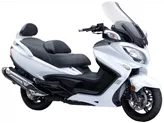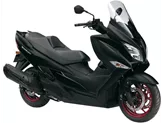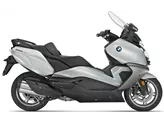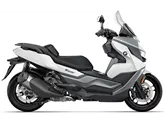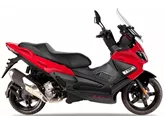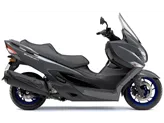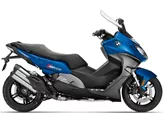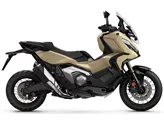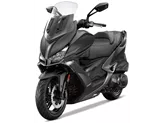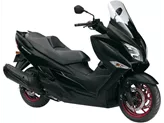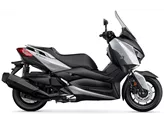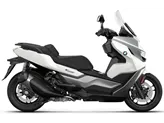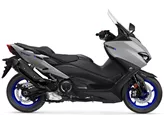Suzuki Burgman 400 2017 vs. BMW C 650 GT 2012

Suzuki Burgman 400 2017

BMW C 650 GT 2012
Overview - Suzuki Burgman 400 2017 vs BMW C 650 GT 2012
The Suzuki Burgman 400 2017 and the BMW C 650 GT 2012 are both popular scooter models that offer their own unique features and strengths.
Starting with the Suzuki Burgman 400 2017, it is equipped with a 34 HP engine and 36.3 Nm of torque, providing a lively and responsive ride. The transmission is a belt-driven variomatic, which offers smooth and seamless gear changes. The scooter has a single cylinder, 4-stroke engine with a displacement of 400ccm, making it suitable for urban commuting and longer rides.
In terms of braking, the Burgman 400 features double disk brakes in the front and a disc brake in the rear, ensuring reliable and efficient stopping power. The scooter has a sleek design and a stable chassis, allowing for easy maneuverability and control. The front tire has a width of 120mm and a diameter of 14 inches, while the rear tire has a width of 150mm and a diameter of 13 inches. The wheelbase measures 1585mm, providing stability and balance.

Suzuki Burgman 400 2017
The seat height of the Burgman 400 is 710mm, offering a comfortable seating position for riders of various heights. The scooter has a kerb weight of 222kg (with ABS) and a fuel tank capacity of 13.5 liters, allowing for longer rides without frequent refueling.
Some of the strengths of the Suzuki Burgman 400 2017 include its lively engine, optimally tuned automatic transmission, sleek design, stable chassis, comfortable seating position, and plenty of comfort. However, it does have a few weaknesses, such as the front brake requiring manual force and the storage space being smaller than its predecessor.
Moving on to the BMW C 650 GT 2012, it is equipped with a more powerful 60 HP engine and 66 Nm of torque, providing a fast and exhilarating ride. The transmission is a chain-driven variomatic, similar to the Burgman 400, offering smooth and efficient gear changes. The scooter has a twin-cylinder, 4-stroke engine with a displacement of 647ccm, making it suitable for both city commuting and highway cruising.
In terms of braking, the C 650 GT features double disk brakes in the front and a disc brake in the rear, ensuring excellent stopping power. The scooter has a bulbous rear design, which increases storage space compared to the Burgman 400. The front tire has a width of 120mm and a diameter of 15 inches, while the rear tire has a width of 160mm and a diameter of 15 inches. The wheelbase measures 1591mm, providing stability and agility.

BMW C 650 GT 2012
The seat height of the C 650 GT is 780mm, offering a more comfortable seating position for taller riders. The scooter has a kerb weight of 261kg (with ABS) and a fuel tank capacity of 16 liters, allowing for longer rides without frequent refueling.
Some of the strengths of the BMW C 650 GT 2012 include its electrically adjustable windshield, increased storage space, more comfortable seat, and extremely fast performance. However, it does have a few weaknesses, such as being very heavy and having a conservative appearance.
In conclusion, the Suzuki Burgman 400 2017 and the BMW C 650 GT 2012 are both reliable and capable scooter models, each with their own unique features and strengths. The Burgman 400 offers a lively engine, sleek design, and comfortable seating position, while the C 650 GT provides a more powerful engine, increased storage space, and a more comfortable seat for taller riders. Ultimately, the choice between these two models will depend on the rider's preferences and priorities.
Technical Specifications Suzuki Burgman 400 2017 compared to BMW C 650 GT 2012
Pros and Cons in comparison
Pros and Cons in comparison
Suzuki Burgman 400 2017

Le Burgman 400 est en service chez Suzuki depuis 1998, mais il n'a jamais été aussi sportif que la dernière génération. Le confort et les caractéristiques de luxe ne manquent pas, mais le moteur vif et le châssis un peu plus ferme, associés à la roue avant plus grande de 15 pouces, procurent beaucoup de plaisir et de stabilité, même avec une conduite un peu plus ambitieuse. L'espace de rangement sous la selle mieux rembourrée a certes été réduit d'un tiers, mais un casque intégral et un casque jet y trouvent parfaitement leur place. En revanche, l'arrière plus étroit renforce considérablement le design racé et fait du Burgman 400 un scooter de confort et de luxe un peu plus sportif.
BMW C 650 GT 2012
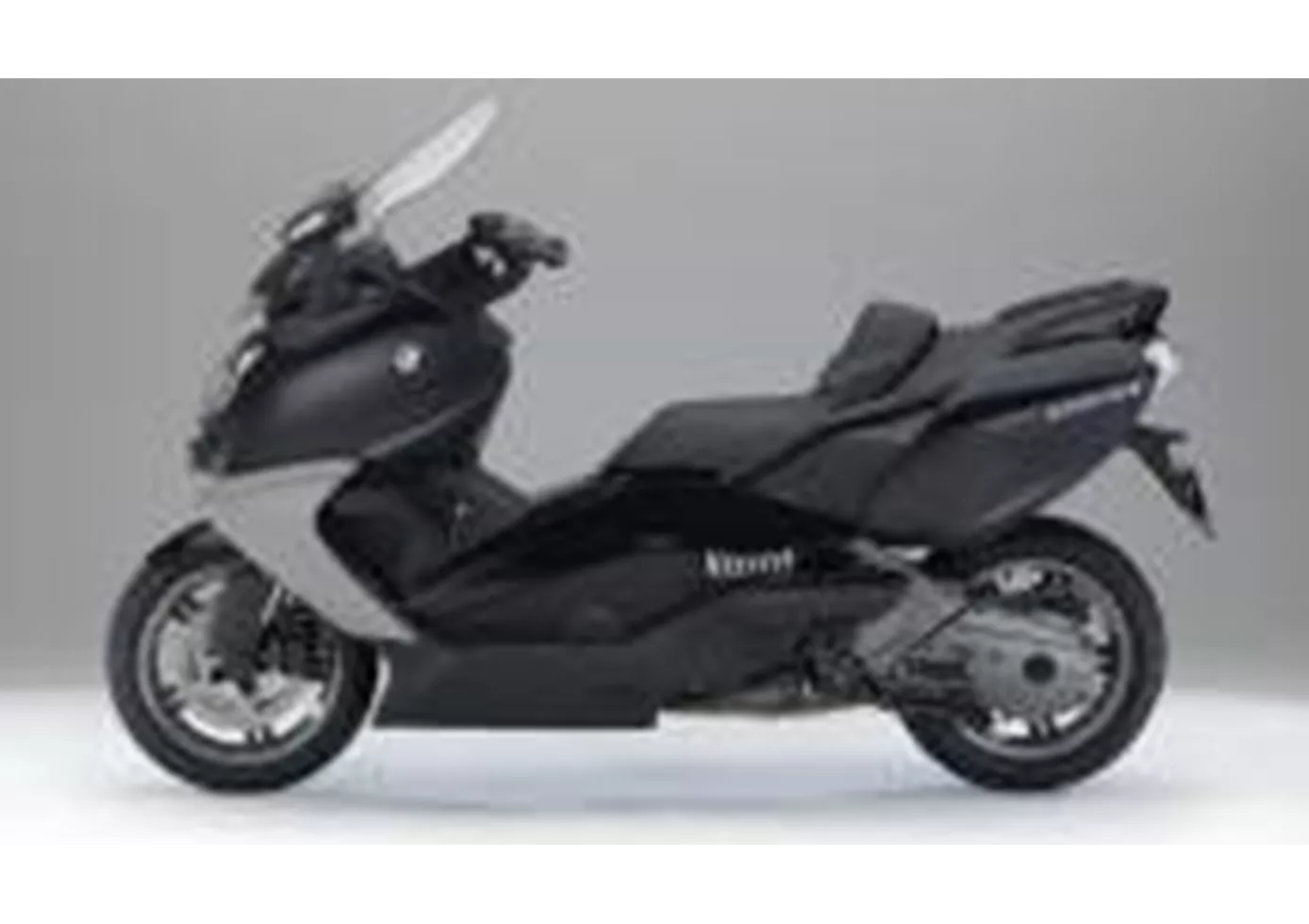
Il est plus agréable, plus calme et a globalement un champ d'application plus large. Mais il n'est pas plus lent pour autant. Une production vraiment très réussie, comme personne ne s'y attendait.
Price Comparison Avarage Market Price Suzuki Burgman 400 vs BMW C 650 GT
There are a few key differences between a Suzuki Burgman 400 2017 and a BMW C 650 GT 2012. It takes less time to sell a Suzuki Burgman 400 with 70 days compared to 82 days for a BMW C 650 GT. Since model year 2005 1000PS.de editors have written 11 reviews for the Suzuki Burgman 400 and 10 reviews for the BMW C 650 GT since model year 2012. The first review for the Suzuki Burgman 400 was published on 5/16/2010 and now has more than 22,800 views. This compares to more than 13,000 views for the first review on BMW C 650 GT published on 11/7/2011.


